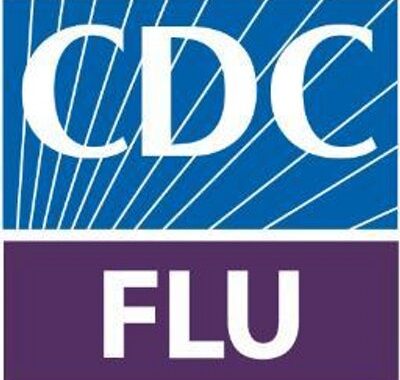Infection control is part of everyday dental care, but it’s often routine tasks where lapses…
Controling Biofilm in Dental Unit Waterlines – Infection Control
Biofilms are microbial communities that form on the walls of the small-bore plastic tubing that delivers water from the dental unit through the dental handpieces, scalers, and air-water syringes to the patient. Currently, no quantitative water quality standards specific to dentistry exist to control biofilm in dental unit waterlines. However, the U.S. Environmental Protection Agency (EPA) mandates that drinking water be maintained at no more than 500 colony forming units of heterotrophic water bacteria per milliliter of water (CFU/ml).
In its Guidelines for Infection Control in Dental Health-Care Settings, 2003, the U.S. Centers for Disease Control and Prevention (CDC) recommends several approaches for preventing biofilm formation in dental unit waterlines and/or limiting the formation down to 500 CFU/ml. Those methods include self-contained water systems, in-line water microfilters, water purifiers, and chemical treatment regimens. Utilizing a combination of control strategies is considered the best course of action to improve dental water quality. Additionally, monitoring of dental unit water should also be considered as an important part of a dental treatment water quality program. As always, consultation with the dental unit manufacturer is recommended to determine the best method for maintaining good water quality.
Considerations in California
In California, the requirements to maintain dental unit waterlines are very limited. The Dental Board of California requires dental offices to flush dental unit waterlines between each patient for at least 20 seconds. At the start of each day dental unit waterlines must be purged with water/air for at least 2 minutes. Anti-retractive devices must also be installed on the waterlines, which are generally incorporated into the design of the dental unit.
Additionally, dentists in California utilizing chemical cleaners to maintain dental unit waterlines need to be aware that such chemical cleaners must be registered with the California Department of Pesticide Regulation (CDPR), which is a branch of the California Environmental Protection Agency (Cal/EPA).
Since 1992, OSHA Review, Inc. has provided dental professionals with comprehensive programs to support regulatory compliance and infection control. We are a registered continuing education provider in the state of California, specializing in Dental Practice Act, infection control, and OSHA training.



